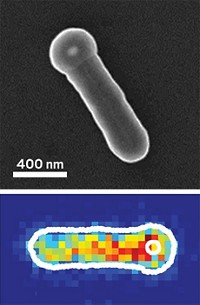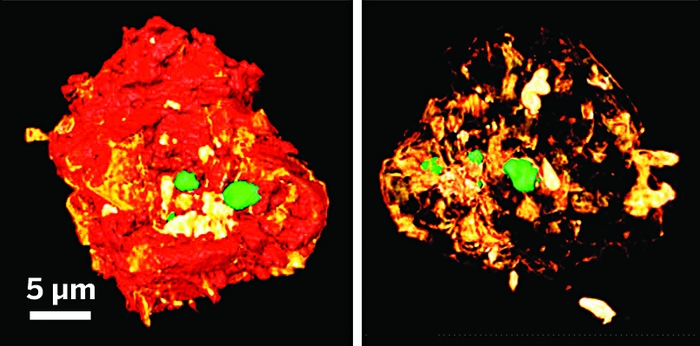Advertisement
Grab your lab coat. Let's get started
Welcome!
Welcome!
Create an account below to get 6 C&EN articles per month, receive newsletters and more - all free.
It seems this is your first time logging in online. Please enter the following information to continue.
As an ACS member you automatically get access to this site. All we need is few more details to create your reading experience.
Not you? Sign in with a different account.
Not you? Sign in with a different account.
ERROR 1
ERROR 1
ERROR 2
ERROR 2
ERROR 2
ERROR 2
ERROR 2
Password and Confirm password must match.
If you have an ACS member number, please enter it here so we can link this account to your membership. (optional)
ERROR 2
ACS values your privacy. By submitting your information, you are gaining access to C&EN and subscribing to our weekly newsletter. We use the information you provide to make your reading experience better, and we will never sell your data to third party members.
Synthesis
Technique pinpoints active sites on catalyst surfaces
Scanning microscopy detects activity with unprecedented resolution while reactions occur
by Stu Borman
September 7, 2017
| A version of this story appeared in
Volume 95, Issue 36

Many industrial processes use solid catalysts to accelerate chemical reactions in gases or liquids. The activity of these heterogeneous catalysts often varies considerably from site to site across their surfaces. If scientists were able to identify highly reactive sites precisely, they could improve the catalysts by redesigning them to include more of those sites.
Aliaksandr S. Bandarenka and coworkers at the Technical University of Munich have now devised a scanning tunneling microscopy (STM) technique that identifies surface activity variations during reactions at higher spatial precision than has been possible before (Nature 2017, DOI: 10.1038/nature23661). Scanning electrochemical microscopy (SECM), which Allen J. Bard and coworkers at the University of Texas developed, can also map surface activity, but the new STM technique’s 1- to 2-nm resolution is about an order of magnitude better than SECM’s.
The ultimate goal is atomic resolution—still about two orders of magnitude away. But the new technique goes well beyond earlier approaches in its ability to identify site activity precisely, comments heterogeneous catalysis expert Alexis T. Bell of the University of California, Berkeley.
Bandarenka and coworkers used the technique to identify reactive sites on electrodes while the surfaces catalyzed hydrogen-evolution and oxygen-reduction reactions in solution. They found that catalytic activity is stronger at step edges than on plateaus of a terraced Pt surface.
What makes the technique work is that electron-tunneling current between an STM tip and a nearby surface spot varies considerably with reaction activity. As a reaction occurs, localized surface variations, such as molecular adsorption and desorption, cause noise changes in the electron-tunneling current. The researchers identify and measure activity differences by monitoring these changes.
Hans Niemantsverdriet, director of the catalysis and surface science firm Syngaschem, says the work “is truly remarkable and a significant step forward in making catalytic sites visible” and wonders if it can also be extended to gas-phase reactions, in which noise variations would be smaller.





Join the conversation
Contact the reporter
Submit a Letter to the Editor for publication
Engage with us on Twitter